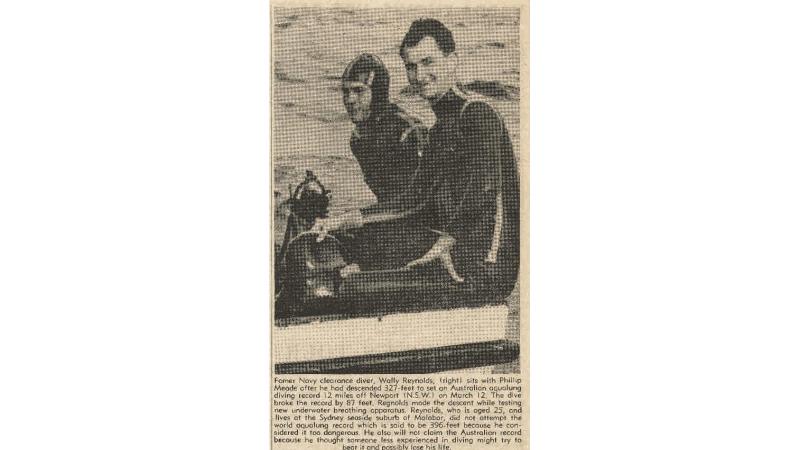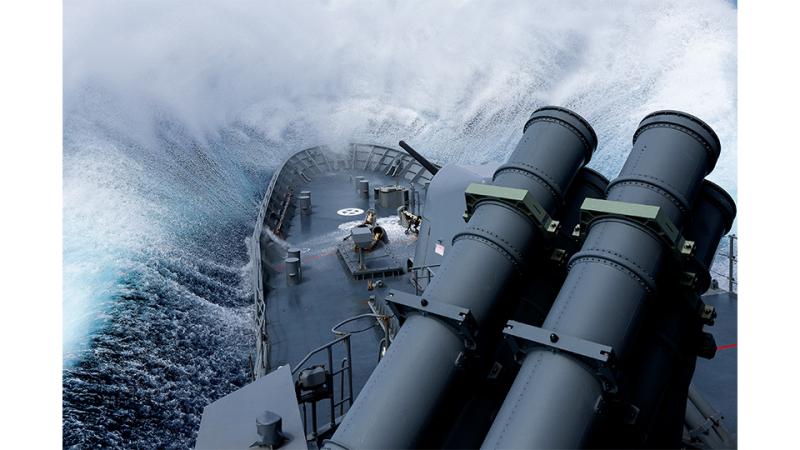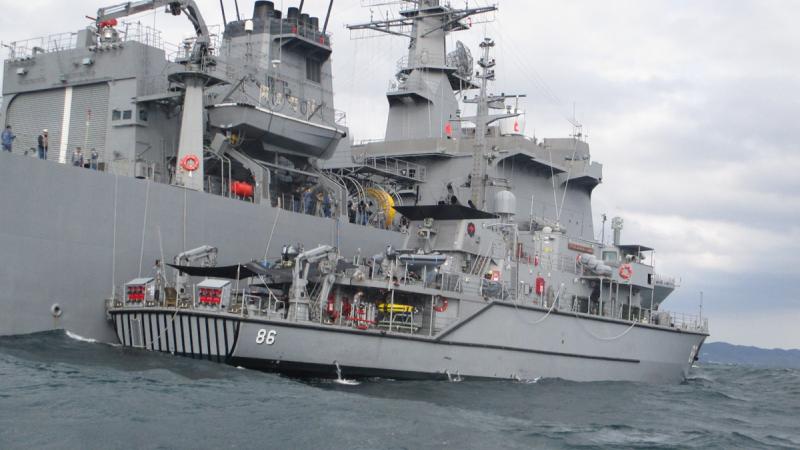15 September 2025
Army’s newest cavalry vehicles were put to the test during Exercise Talisman Sabre, with the first troop of Boxer Block II combat reconnaissance vehicles (CRV) deploying to Shoalwater Bay.
Troopers from B Squadron, 2nd/14th Light Horse Regiment (Queensland Mounted Infantry), employed six vehicles in roles of reconnaissance, offensive and defensive operations.
Boxer Block II troop commander Lieutenant Kyle Wilkinson said while they were doing the same role as the Australian light armoured vehicle (ASLAV), the Boxer’s ability to integrate more data from sensors, and sustain itself for longer, extended its reach and integration into the joint force.
“We're able to identify and engage targets at longer ranges, which assisted the scheme of manoeuvre for the combat team and the battle group,” Lieutenant Wilkinson said.
The troop conducted reconnaissance, clearing, blocking and raid actions, including using an uncrewed aerial system (UAS) to identify targets.
The Boxer CRV was introduced in 2022 under LAND 400 Phase 2 as an interim solution while the Block II systems were developed and built.
The new platform retains a similar hull and armament, but provides a turret with improved sights and sensors, making it easier for crews to land rounds on target with the first burst.
It is further supported by an integrated digital command-and-control system to provide situational awareness to the crew.
Leading up to Exercise Talisman Sabre, the troop conducted the Boxer Block II conversion course, starting with four weeks of theory and practical lessons at Gallipoli Barracks.
The course continued at Puckapunyal where drivers took the vehicles into the field to put them through their paces, as well as learning maintenance.
It finished with troop-level field training and a live-fire assessment.
'You can really hone in and see where your rounds are landing. It gives you a better sense that you’re getting rounds on first burst.'
Gunner Lance Corporal Peyton Fairbank said being able to shoot at longer ranges accurately with the improved sights was “unreal”.
“It’s an extra 1000m on what the ASLAV has, and because of the sighting systems, you’re still seeing it up close with zoom distances,” Lance Corporal Fairbank said.
“You can really hone in and see where your rounds are landing. It gives you a better sense that you’re getting rounds on first burst.”
Lance Corporal Fairbank said a bigger bang from the 30mm automatic cannon and the ability to fire kinetic energy timed fuse (KETF) rounds were a big improvement on the ASLAV.
KETF is an airburst munition that uses a programmable fuse to detonate projectiles at a precise distance near the target.
To help gunners find their mark, crew commanders use a 360-degree panoramic camera that allows them to scan the battlefield and assign targets, independently of the turret.
For crew commander Corporal Rhyley Hinds, it allowed extra command and control in dynamic combat situations.
“Before, you had to be hatch up, use the hand controller and point the turret in the general direction of the target so the gunner can see,” Corporal Hinds said.
“Now you can be hatch down, looking through your own sight while the gunner is searching for targets, press assign target and the turret will slew to where you’re pointing.
“You can supervise and the gunner can continue to fight the engagement while you look for more targets.”
Lieutenant Wilkinson said the Boxer’s ability to integrate new systems would future-proof the vehicle.
“I was sceptical going into the Block II, but having done the course and Exercise Talisman Sabre, I’d say the Block II Boxer is definitely the right direction for cavalry to go,” he said.
“It’s a vast improvement in mobility, protection and fire power, as well as network communication, which are the four characteristics we look at for armoured fighting vehicles.”


